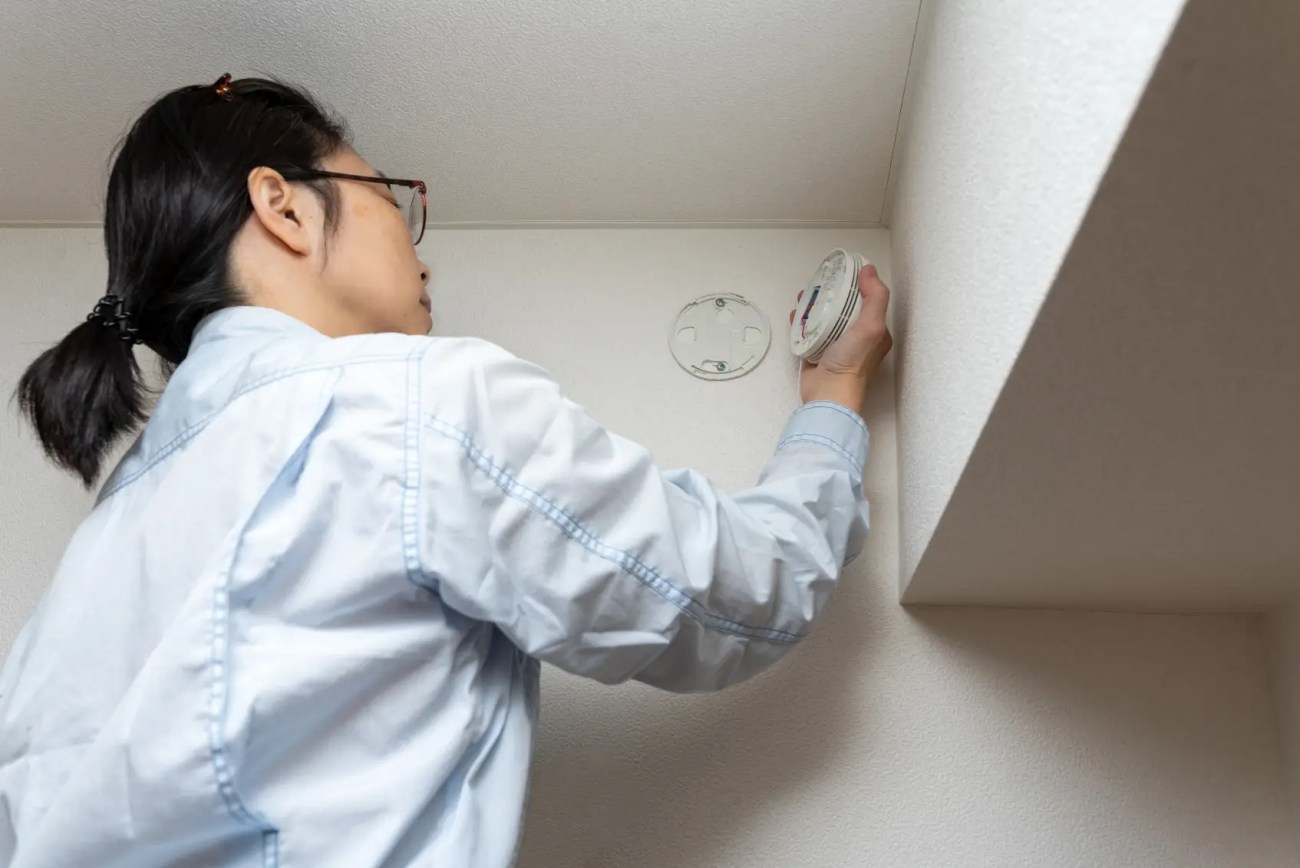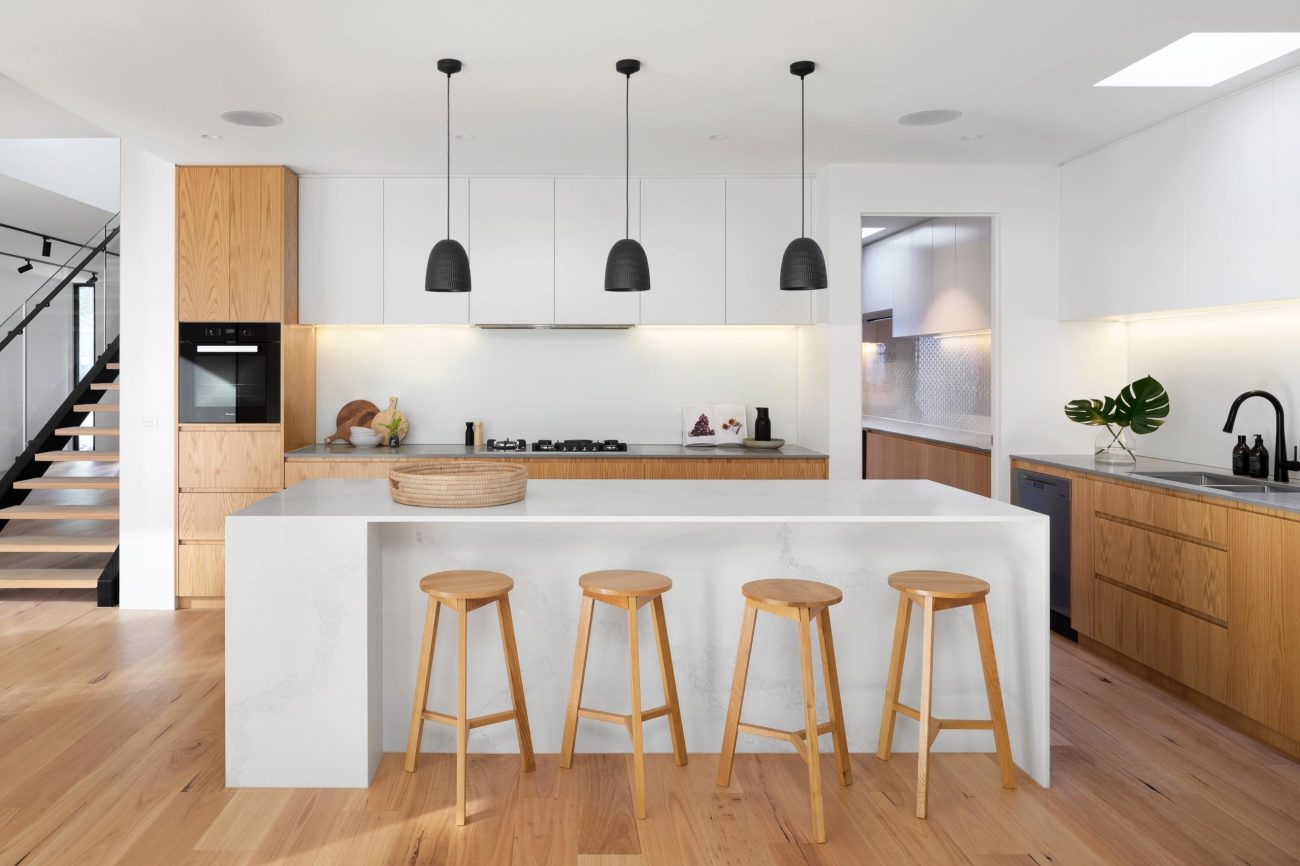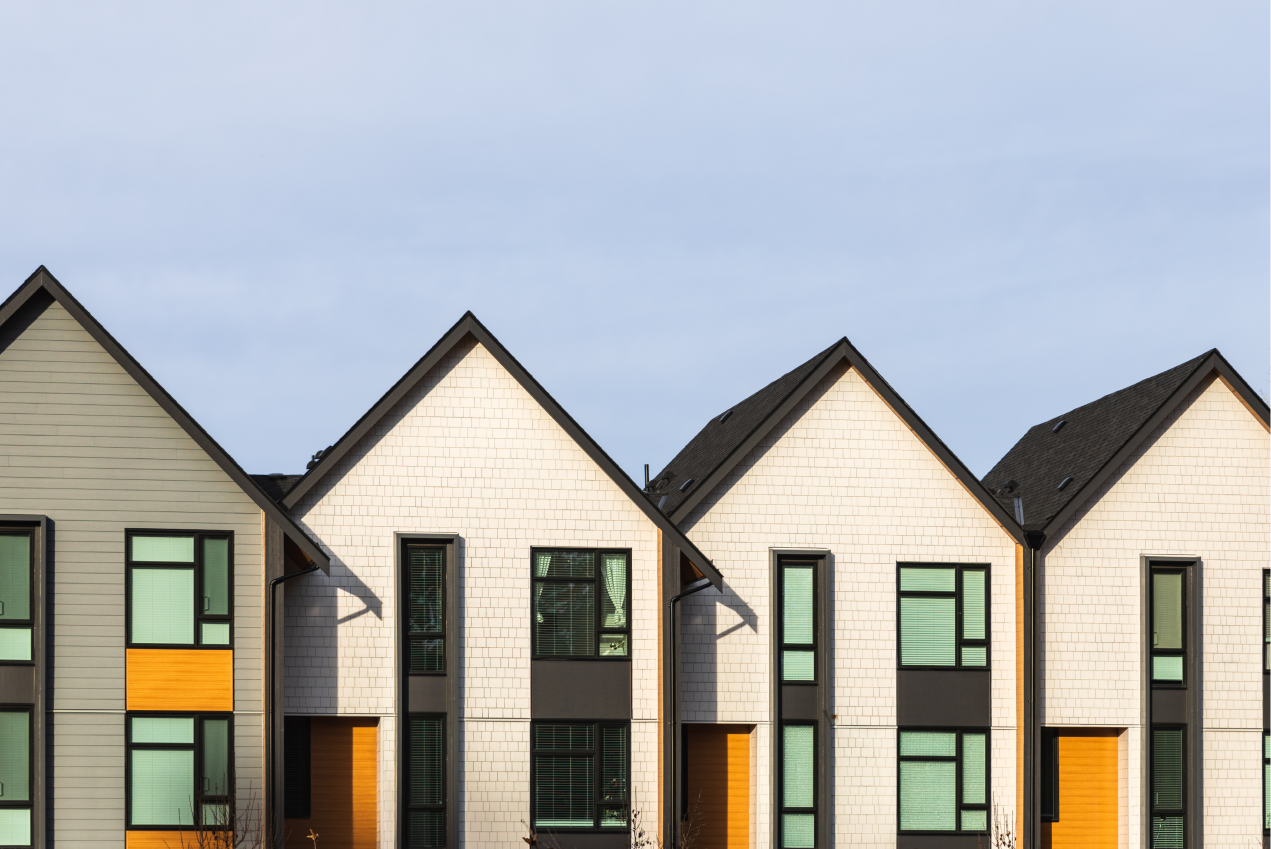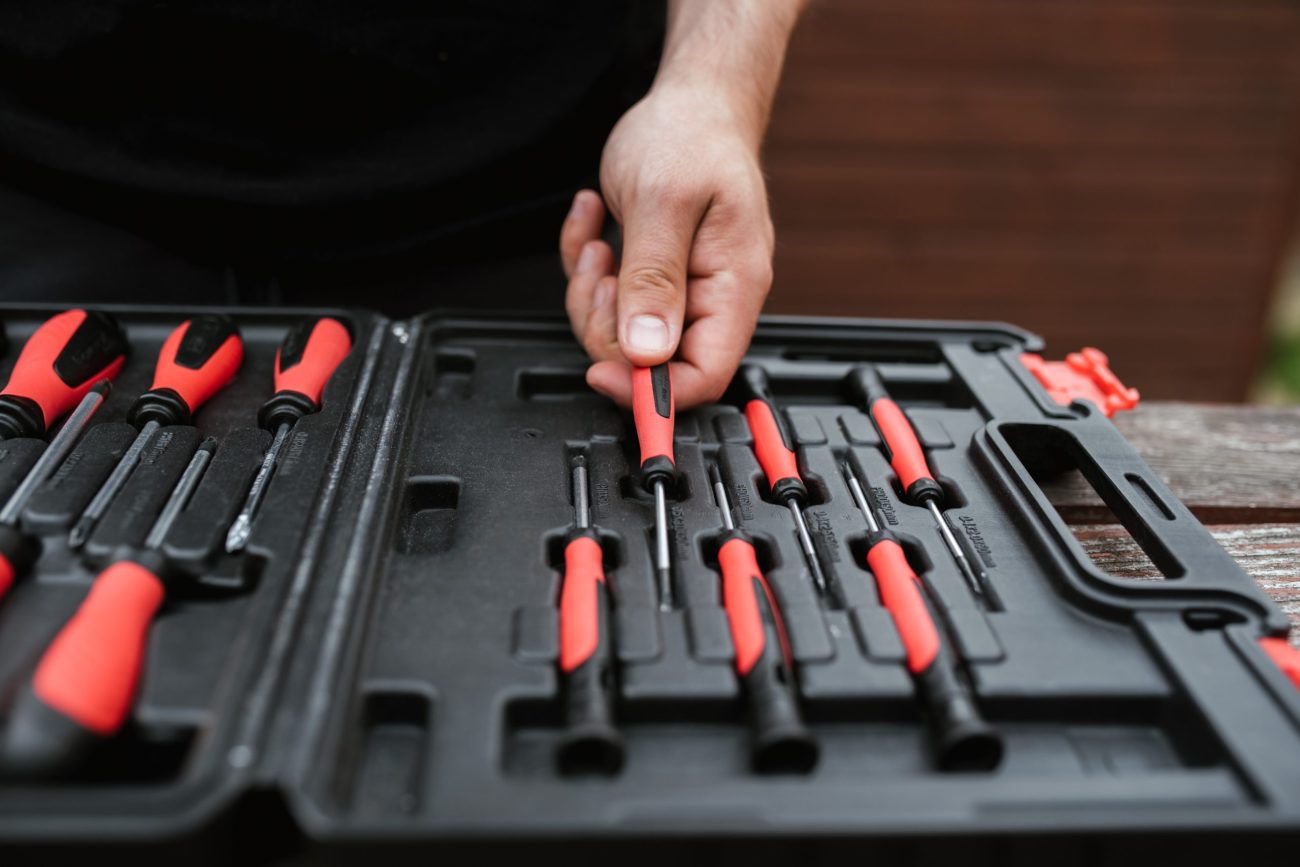We’ve all had the frustrating experience of a smoke alarm going off when we accidentally burn toast, but smoke alarms also save lives and properties. Properly installing the right detectors in your home is one of the simplest ways to keep your family and your investments safe. This guide highlights the basics of what you need to know, including smoke and carbon monoxide detector tips for maintenance and installation.
Smoke detectors vs. carbon monoxide detectors
Smoke detectors protect from fires by detecting smoke particles in the air while carbon monoxide detectors alert residents to toxic levels of carbon monoxide. Some alarm systems can detect both fire and toxic gas in a hybrid detector. Carbon monoxide is an odourless gas that can be life-threatening and poisonous, and often an alarm system is the only way that someone in your home would know before there’s lasting damage or real danger. Similarly, a smoke alarm can identify smoke when you’re sleeping or before the fire has grown to a size that you notice it yourself.
Smoke detector installation
Most homes have battery-operated smoke detectors, but some have hard-wired systems that connect every smoke detector. Each manufacturer and alarm type has unique instructions for installation and maintenance. Look for these in the instruction manual or the sticker on your device.
Installing battery-operated smoke detectors
Battery-operated smoke detectors usually have a base that’s mounted on the wall with screws, and a detachable round alarm that can be rotated to secure or detach it from the mounting base. If you’re securing a new alarm, start by drilling the mounting base onto the wall or ceiling. If your mounting base is already in place, start by lining up the notches on the new alarm with the ridges on the mounting base. Twist the alarm gently clockwise until it clicks into place. When you replace the alarm, you’ll only need to purchase the round alarm insert and not a new mounting base.
Hard-wired smoke alarms
Hard-wired smoke alarms are connected to other smoke alarms throughout the home, joined by an electrical circuit. When one hard-wired device detects smoke, all of them sound an alarm. Installing a hard-wired alarm is more complex than installing a battery-operated detector, especially if you need to install a new alarm in a location where there isn’t already a remodeling box from a previously installed alarm. If this is the case you’ll need a stud finder, a drill, wire strippers, copper wires, backup batteries and a basic understanding of cables and electrical wiring. If you’re installing a hard-wired alarm yourself, make sure the breaker is off before you do any electrical work. If you have any uncertainty around installing a hard-wired smoke alarm, it’s wise to hire an electrician to make sure you don’t injure yourself and that the alarms are installed properly.
Where do I install my smoke detector?
When installing a battery-operated smoke detector, you’ll want to install it on or near the ceiling. If it’s on the ceiling it should be in the middle or at least four inches from the wall. You can also install a smoke detector high up on a wall, but in this case make sure it’s four inches away from the ceiling. Why four inches? When smoke rises, it can cause pockets of “dead air” in the corners of rooms where the smoke isn’t detected. Making sure your detectors are four inches away from corners ensures that they’re able to detect smoke accurately.
Avoid installing smoke detectors above stoves, ovens, toasters, laundry machines or other places where heat or steam is likely to build up.
How to test smoke and carbon monoxide detectors
Every smoke or carbon monoxide detector comes with easy-to-follow instructions right on the alarm device. Most alarms have a chirping sound or a distinct pattern that’s different from the alarm sound to identify when the batteries are dying or the alarm needs to be replaced. Some carbon monoxide detectors can be plugged right into the wall and don’t require batteries. Read the instructions on your alarm carefully to make sure you identify the sounds properly. Smoke and carbon monoxide detectors also come with a test button that you can use to test whether the alarm is working properly.
How often should I test smoke and carbon monoxide detectors?
Set a monthly alert to test alarms and make sure they’re all in working order. It is also recommended that batteries are replaced every six months.
What should I do if my carbon monoxide or smoke detector isn’t working?
If you run a test using the test button and your alarm isn’t making the right sounds, you probably need a new battery. Check the battery pocket to make sure the batteries are inserted correctly, clear out any dust or debris that might be keeping new batteries from working and replace the detector immediately if it’s not testing accurately. Most carbon monoxide detectors need to be replaced every 5-7 years, so keep track of when you purchased your detectors.
How many smoke detectors should I have in my house?
It’s important to adhere to safety standards to make sure every inch of your home is set up to protect against fires and potential hazards. Smoke detectors should be on every floor of your home. There should also be a detector in each bedroom or sleeping area.
Where to put a carbon monoxide detector
Carbon monoxide alarms can be placed anywhere in the room on the wall or ceiling and they should be on every floor of your home, including the attic and basement. Each sleeping area should have one detector within 3 meters of the bedroom door. This includes guest rooms that aren’t always used as bedrooms. Follow the specific instructions from your manufacturer on the device.
Maintenance tips for smoke detectors
Follow the manufacturer’s instructions specific to your battery-powered or hardwired smoke alarms to identify how often you’ll need to clean them and replace the batteries. In general, most battery smoke detectors last for about six months, while devices with lithium batteries can last up to ten years. All alarms need to be tested monthly. Use a vacuum cleaner on your smoke detectors once a year to suck up any debris or dust that could interfere with the detection of smoke. Make sure you have a fire extinguisher in your home as well, and install it near your planned fire escape route.
Are all smoke alarms the same?
In Canada, smoke alarms need to have a certification that states the product meets Canadian safety standards. If you’re buying a smoke alarm online or in a store, double check that the product description or packaging identifies the alarm as one that’s met government standards.
Houseful can help you buy a home that’s safe and secure.
Homebuying can be a daunting process, that’s why Houseful provides support and guidance at every step of the way. Experience homebuying with confidence, sign up at houseful.ca.
This article offers general information only and is not intended as legal, financial or other professional advice. A professional advisor should be consulted regarding your specific situation. While the information presented is believed to be factual and current, its accuracy is not guaranteed and it should not be regarded as a complete analysis of the subjects discussed. All expressions of opinion reflect the judgment of the author(s) as of the date of publication and are subject to change. No endorsement of any third parties or their advice, opinions, information, products or services is expressly given or implied by Royal Bank of Canada or its affiliates.
Browse the newest listings in your area
OJOHome Canada Ltd. (“Houseful”) is a wholly-owned subsidiary of Royal Bank of Canada
20 King Street West, 8th Floor
Toronto, ON, Canada, M5H 1C4
833-709-1946
IDX information is provided exclusively for consumers’ personal, non-commercial use and that it may not be used for any purpose other than to identify prospective properties consumers may be interested in purchasing. Information deemed reliable but not guaranteed to be accurate. Listing information updated daily.
Houseful is committed to ensuring accessibility for individuals with disabilities. We are continuously working to improve the accessibility of our web experience for everyone. We welcome feedback and accommodation requests, please submit them here.
The trademarks REALTOR®, REALTORS®, and the REALTOR® logo are controlled by The Canadian Real Estate Association (CREA) and identify real estate professionals who are members of CREA. The trademarks, Multiple Listing Service® and the associated logos are owned by CREA and identify the quality of services provided by real estate professionals who are members of CREA. Used under license.
Please use the following address to send referral payments:
Lockbox: OJOHome Canada Ltd. PO Box 9479, Stn A, Toronto, ON M5W 4E1
Lockbox Number: T09479C
® / ™ Trademark(s) of Royal Bank of Canada. Used under licence.




